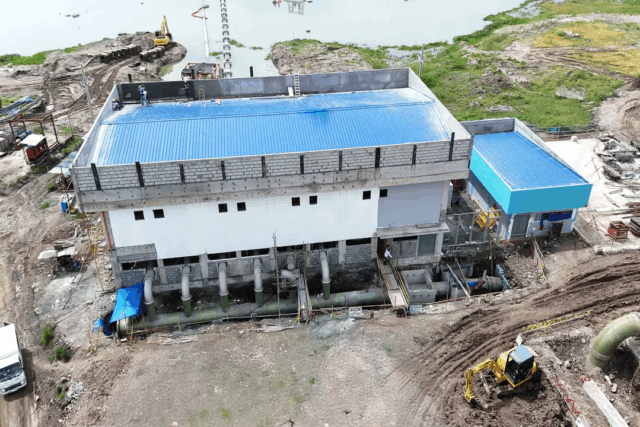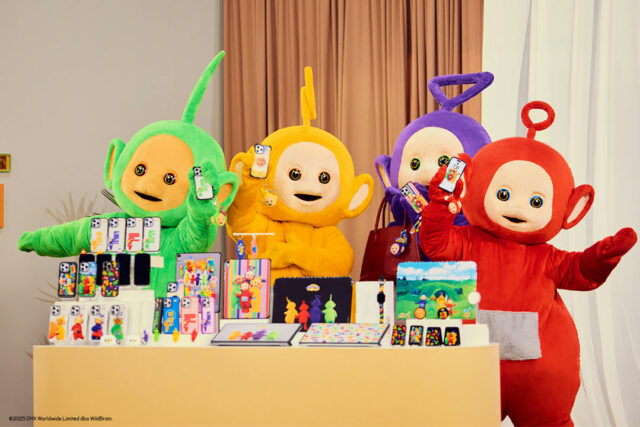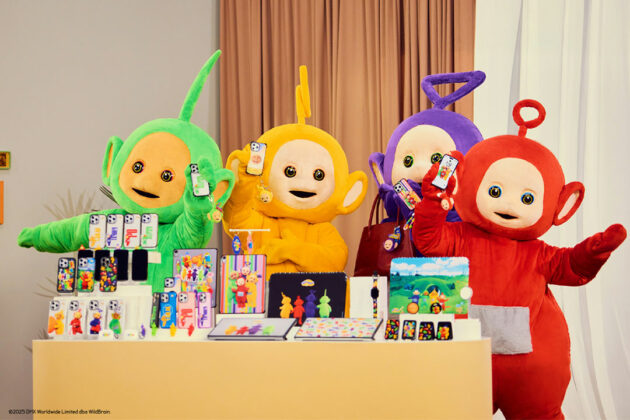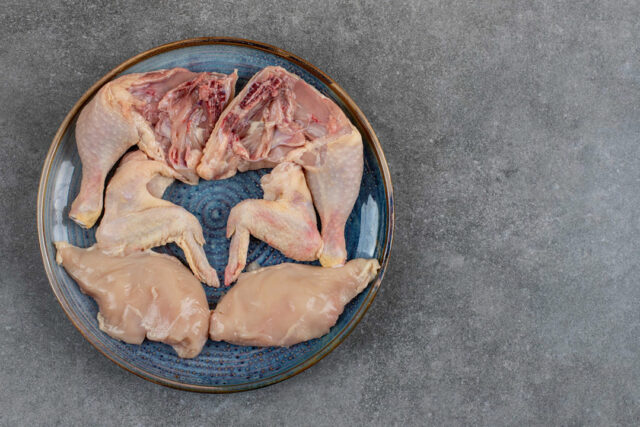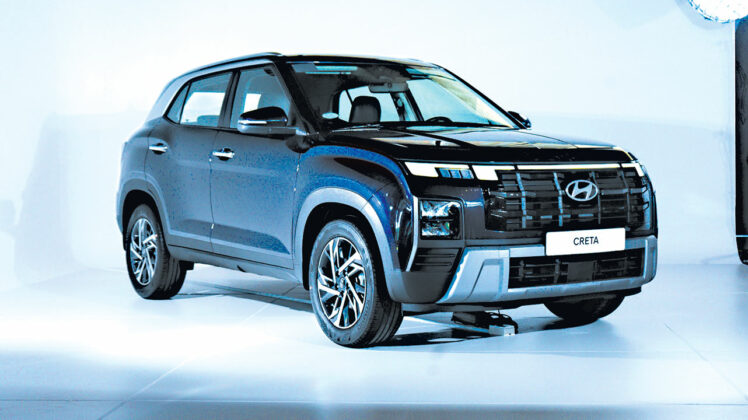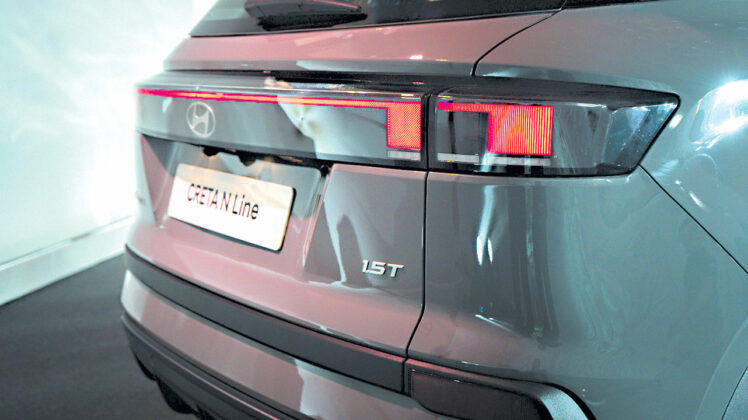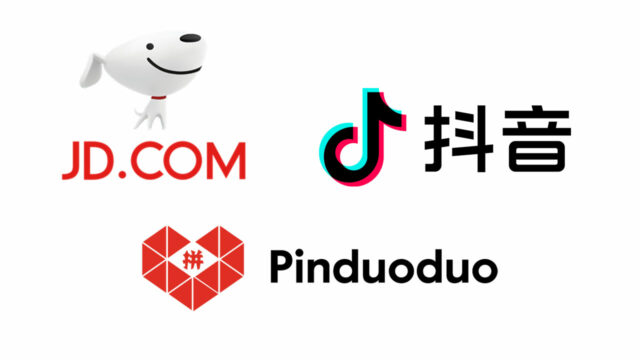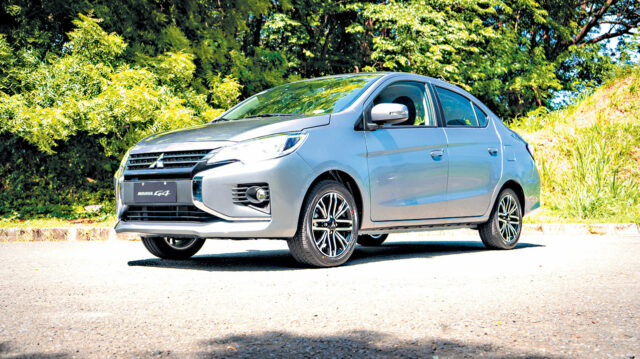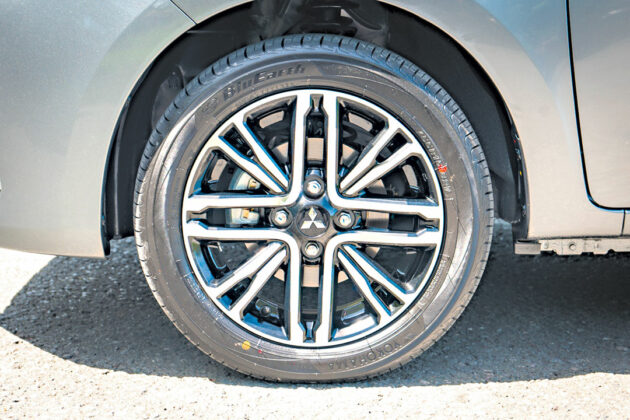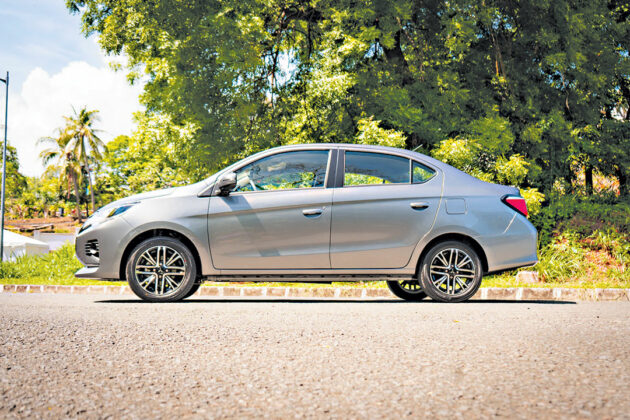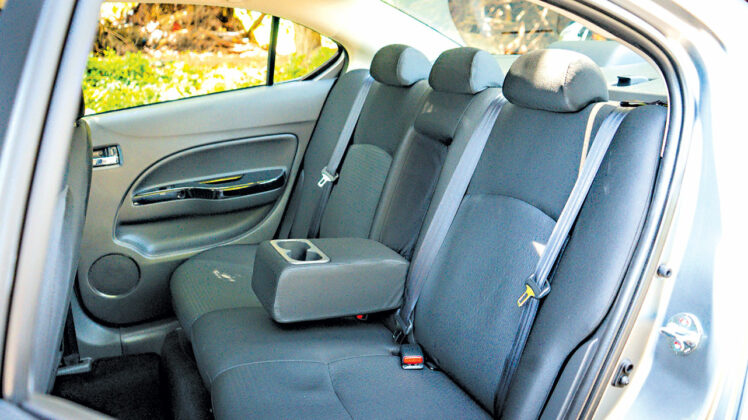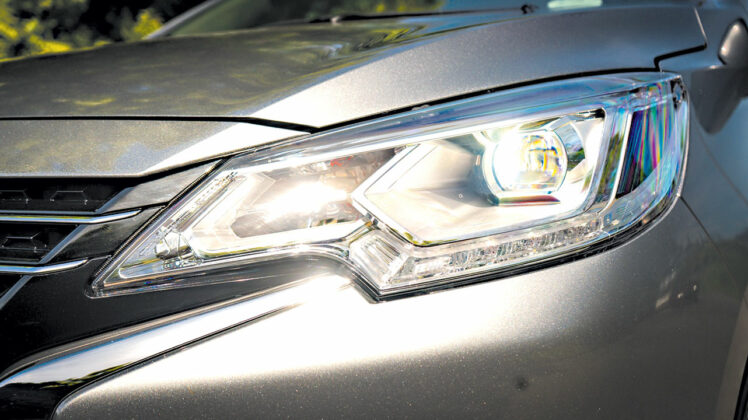As a seasoned basketball player himself, Kiefer Ravena is no longer a stranger to discipline. As one of the top basketball players in the Philippines — and now a player of Yokohama B-Corsairs in Japan’s B.League, his success on the court is built on more than just talent — it’s the result of relentless consistency and a well-balanced approach to fitness.
In an interview, Kiefer shared practical tips on how he maintains his health and performance, both on and off the court.
Stick to your diet
Maintaining peak physical condition takes more than just rigorous training. For Kiefer, a well-balanced diet is essential to staying fit.
“One thing I’ve learned from being overseas is the consistent discipline you need when it comes to your diet,” he shared. “One cheat day can lead to another. I try to avoid sweets as much as I can and make sure to eat on time and eat healthy.”
Kiefer understands how food choices directly impact overall fitness. By limiting sugar intake and following a structured meal schedule, he ensures his body receives the nutrients it needs to perform at its best.
In addition to dieting, hydration is a top priority. Kiefer makes a conscious effort to drink enough water each day, as proper hydration aids in muscle recovery, maintains energy levels, and supports optimal performance.
Strength training as a necessity
 Strength training, according to Kiefer, is a non-negotiable part of his fitness regimen.
Strength training, according to Kiefer, is a non-negotiable part of his fitness regimen.
“Strength training is just as important as the games,” he said.
Competing at a high level demands that athletes push their bodies to the limit, and without proper conditioning, the physical toll of the season can be overwhelming.
Kiefer credits his endurance on the court to a strict and consistent training routine. He believes that beyond skills and strategy, physical preparedness is what enables athletes like him to maintain peak performance.
For those aiming to stay in top shape, Kiefer offers straightforward advice: stay consistent. Fitness, he emphasized, is a long-term commitment that requires dedication. It’s not just about short-term gains; it’s about building and sustaining a healthy, active lifestyle over time.
Prioritize rest
Peak performance is often associated with rigorous training and intense practice sessions. However, the star athlete emphasizes that rest and recovery are just as essential to maintaining a strong and healthy body.
Kiefer follows a structured recovery routine to ensure his body can withstand the demands of high-level competition.
“Recovery equipment, the right supplements, and natural rest,” he shared. “I’ve developed this routine, and it has helped a lot in allowing me to continue what I’m doing.”
While pushing physical limits is a key part of athletic growth, neglecting recovery can lead to fatigue, injuries, and a decline in overall performance.
Consistency in routine
Training requires discipline, and for many athletes, staying consistent is often the biggest challenge. But for Kiefer, the secret to staying fit and healthy lies in one word: routine.
“Routines and daily reminders of why I’m here playing overseas,” he shared.
From early morning workouts to scheduled recovery sessions, having a set plan minimizes distractions and keeps performance levels high. Sticking to a routine ensures that training remains a priority even when fatigue sets in or outside pressures arise.
Listen to your body
While regular exercise is essential, overtraining is a common pitfall among fitness enthusiasts and athletes alike.
Kiefer warns that pushing too hard can often do more harm than good. “You have to really listen to your body. I feel like that’s the only way,” he shared.
When the body is overworked, performance may decline instead of improve. Overtraining can also lead to fatigue and a higher risk of injury. That’s why it’s crucial to recognize the need for rest and give the body time to recover.
Keep a strong mental game
Staying fit and healthy is often associated with regular exercise, but mental well-being is just as important. Kiefer emphasized that clearing the mind and trying new activities can make a significant difference in maintaining overall health.
“Clear your mind every now and then. Find something new to do — something that challenges your curiosity and competitiveness, and is different from what you regularly do,” he explained.
Choose the best health partner
 For Kiefer, staying fit goes beyond the court — it’s also about making smart life choices. One of those choices is Cocolife’s ARUGA plan, which provides flexible and affordable insurance options.
For Kiefer, staying fit goes beyond the court — it’s also about making smart life choices. One of those choices is Cocolife’s ARUGA plan, which provides flexible and affordable insurance options.
Unlike traditional health insurance plans, Cocolife’s ARUGA offers comprehensive health coverage, including benefits for critical illnesses, serious medical problems, and intensive care unit (ICU) confinement.
ARUGA offers a P1,000,000 medical insurance benefit for serious health conditions for just P147 per day. Additionally, up to P200,000 is covered for serious illnesses in their early stages.
In the case of unforeseen events, ARUGA eases the financial burden on the family by ensuring financial security for the beneficiaries.
If the policyholder outlives the policy and no major health condition benefit has been paid, the ARUGA plan includes a “return of premium,” in which they will receive 100% of the entire basic premiums paid.
As a Filipino basketball player competing on the international scene, it’s important for Kiefer to feel confident and secure about his health — allowing him to stay focused on training and performing at his best. That’s why he chooses Cocolife ARUGA as his trusted health and financial partner. Cocolife offers comprehensive insurance products and services designed to meet the evolving needs of Filipinos in all walks of life.
“Cocolife is proud of Kiefer Ravena for showcasing the excellence of Filipino athletes abroad,” said Cocolife President and CEO Atty. Martin A. Loon. “We remain committed to supporting him — and other Filipino athletes like him — by offering top-quality health and financial products and services that empower them to stay focused on achieving their dreams.”
Learn more about Cocolife ARUGA plan by going to https://www.cocolife.com/products/individual-insurance/.
Spotlight is BusinessWorld’s sponsored section that allows advertisers to amplify their brand and connect with BusinessWorld’s audience by publishing their stories on the BusinessWorld Web site. For more information, send an email to online@bworldonline.com.
Join us on Viber at https://bit.ly/3hv6bLA to get more updates and subscribe to BusinessWorld’s titles and get exclusive content through www.bworld-x.com.



 Strength training, according to Kiefer, is a non-negotiable part of his fitness regimen.
Strength training, according to Kiefer, is a non-negotiable part of his fitness regimen. For Kiefer, staying fit goes beyond the court — it’s also about making smart life choices. One of those choices is Cocolife’s ARUGA plan, which provides flexible and affordable insurance options.
For Kiefer, staying fit goes beyond the court — it’s also about making smart life choices. One of those choices is Cocolife’s ARUGA plan, which provides flexible and affordable insurance options.
